David Markwei is a Black photographer in Vancouver who focuses on Black voices in a media industry that perpetually marginalizes them. For more information about CBC's Opinion section, please see the FAQ.
Recently, a Black woman named Tessica Brown became the subject of memes and ridicule when she shared that she had mistakenly used Gorilla glue spray to try to keep her hair in place. But the story of “Gorilla Glue Girl” also led to a wave of concern among the online Black community — informally referred to as ‘Black Twitter’ — because they worried that she could suffer a range of issues from hair loss to scalp damage.
A GoFundme page raised upwards of $20,000 to fund Brown’s recovery, and Ghanaian-American plastic surgeon Dr. Michael Obeng performed the $12,500 procedure free of charge to dissolve the glue and save what was left of her hair. As surreal as this ordeal sounds, the support from Black folks clearly highlights the deep-seated care we have for our hair — though society by and large does not value this important aspect of our identity.
The evolution of Black hairstyles is rooted in Black history and identity. In pre-colonial Africa, men from the Wolof tribe (today Gambia and Senegal) wore braids when at war, and women from the Zulu tribe in South Africa traditionally wore Bantu knots. During the Civil Rights era, activists such as Angela Davis adopted the Afro style to signal acceptance of natural hair and reject Eurocentric beauty standards.
Today, there is an even greater movement for broad acceptance of our natural hair. In the United States for example, Black-led groups have successfully lobbied for legislation banning hair discrimination in the workplace.
As a Black man and a photographer, I wanted to capture some of the diverse hairstyles within my community, and learn more about the experiences that Black folks have had during their hair journeys — in their own words.
Style: Natural Hair - Curls
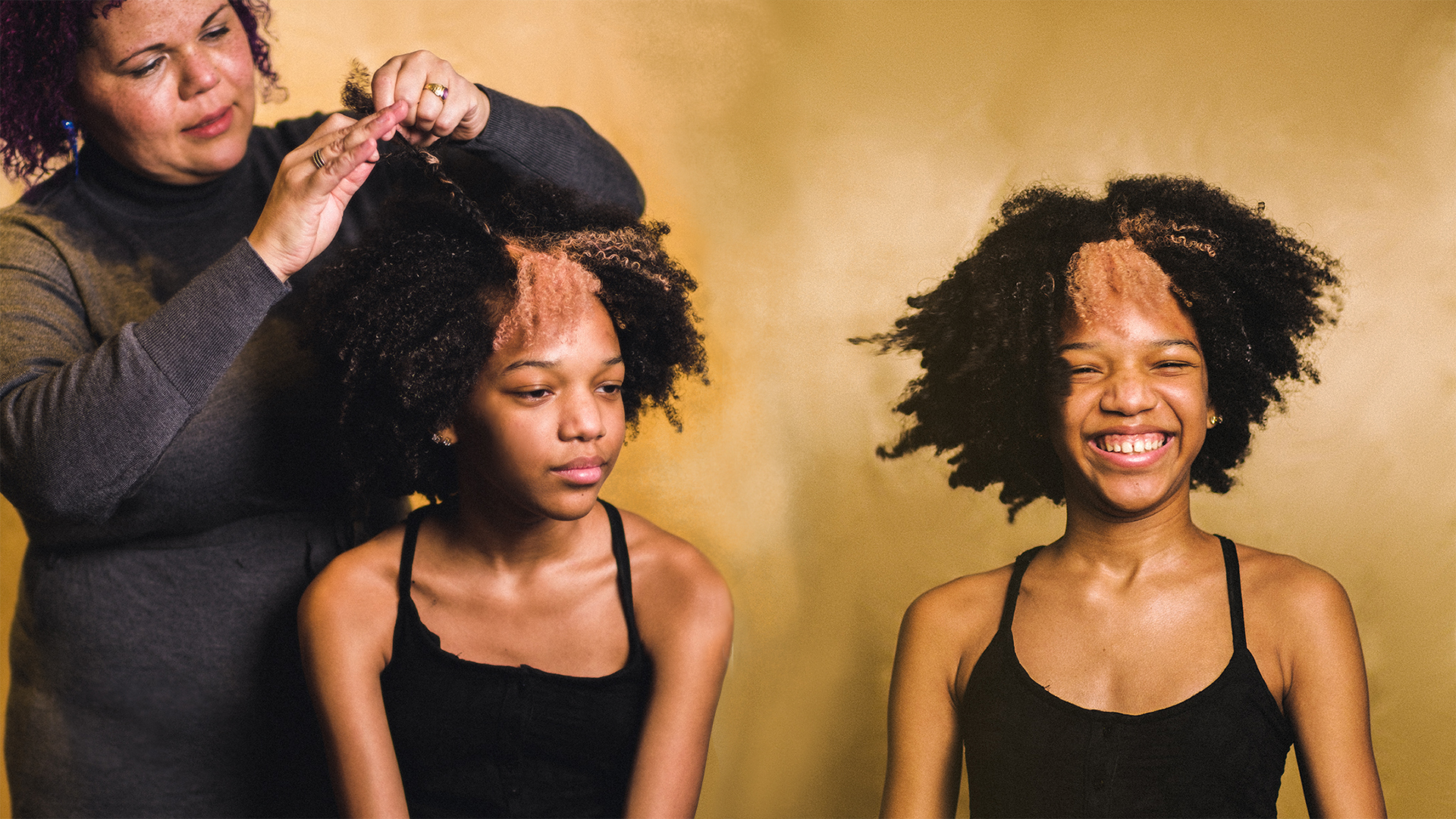
Interview: Jessica Numminen, school teacher in Surrey, B.C.
Models: Jessica Numminen and her daughter Kambe Apaak
A few years ago I went to dye my hair at a salon I had never been to and they were like, “Oh, I’m not going to deal with your hair.” My hair is actually very curly but also thin, so it dyes well. But they wouldn’t even entertain it, or look at it or touch it, which was very frustrating.
At the basic level, hair love is self-love. I want my daughter to love and be proud of who she is inside and outside. And I think that’s my role as a mother.
Style: Dreadlocks
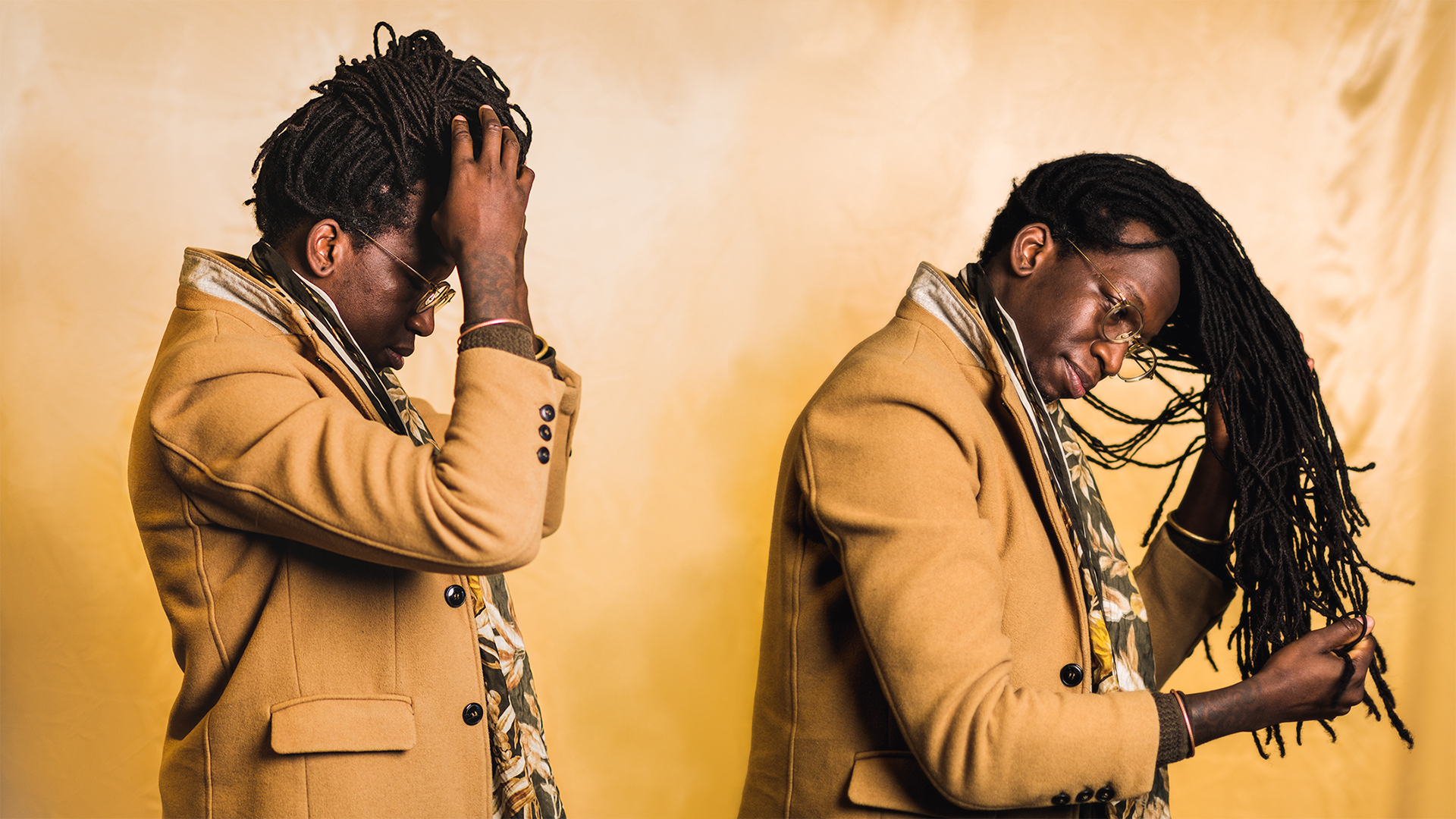
Model: Christopher Boreland, Founder and owner of Elbo Patties, Vancouver
The way people presented it to me was that if you had dreadlocks you were unkempt. You were dirty. You weren’t washed, and that was the stereotype that followed me for a very long time.
I started really studying what it meant to grow my locks and fell in love with the evolution of it. So, kind of going for the freeform look and not really fitting the box of what it should be to be perceived as respectable.
A piece of advice: Don’t let Instagram negate your hair journey. Everyone’s hair is unique. Love where you’re at. Your hair is yours and nobody else’s. No one has to define that story for you.
Style: Weave
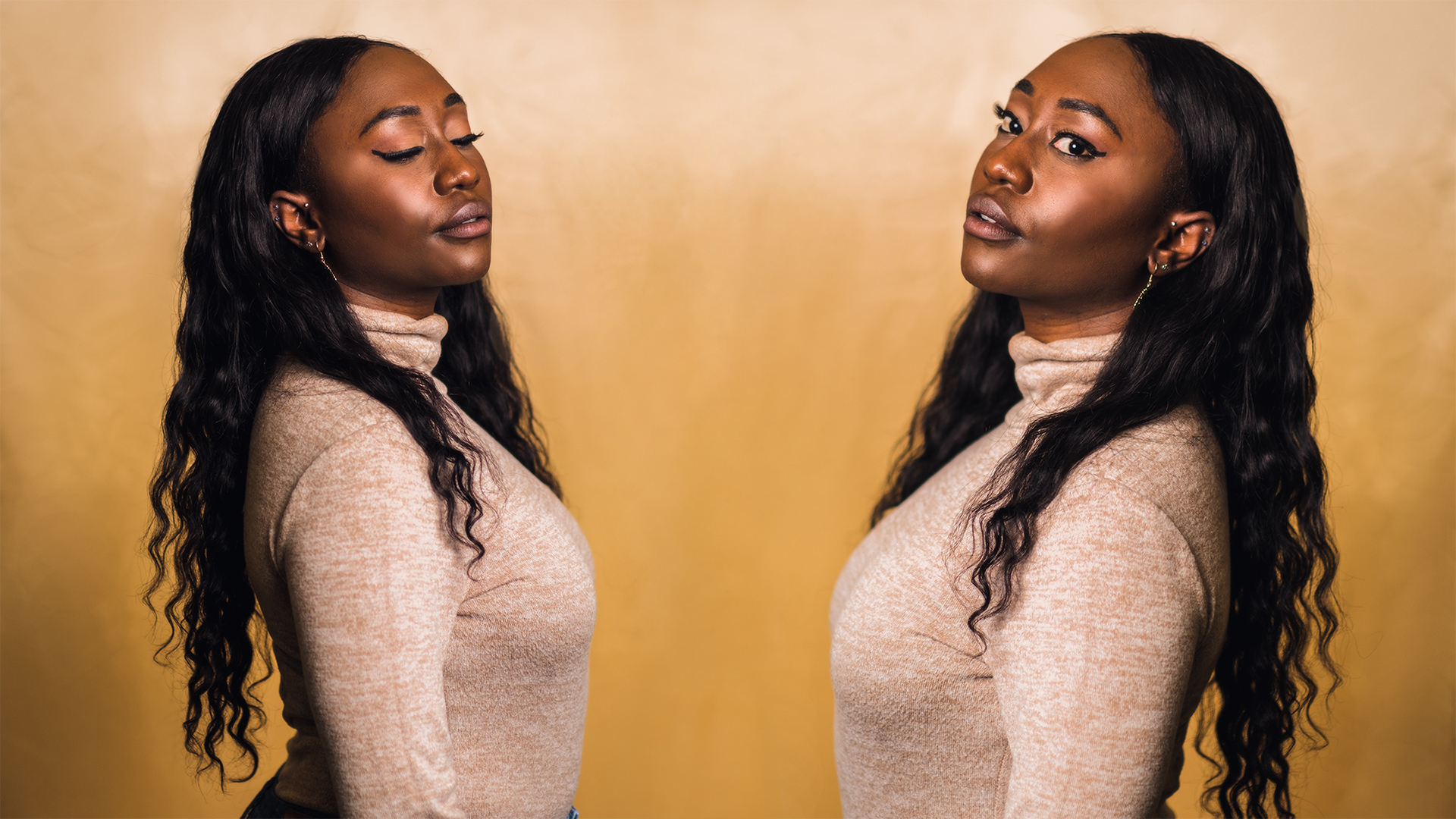
Model: Edna Hobela Batengas, Digital marketer and content creator, Burnaby, B.C.
Wearing weaves [hair extensions] has always been a choice of protective styling. I’m trying to choose something that’s not going to manipulate my style, going to protect it, and also look good.
As I grew older, I became very aware of a lot of negative stereotypes associated with Black hair. Even that question of, “Is that your hair”? I mean, it is in my possession. I did 100 per cent pay for this hair, so yes, it is my hair.
Style: Natural Hair - Faded haircut
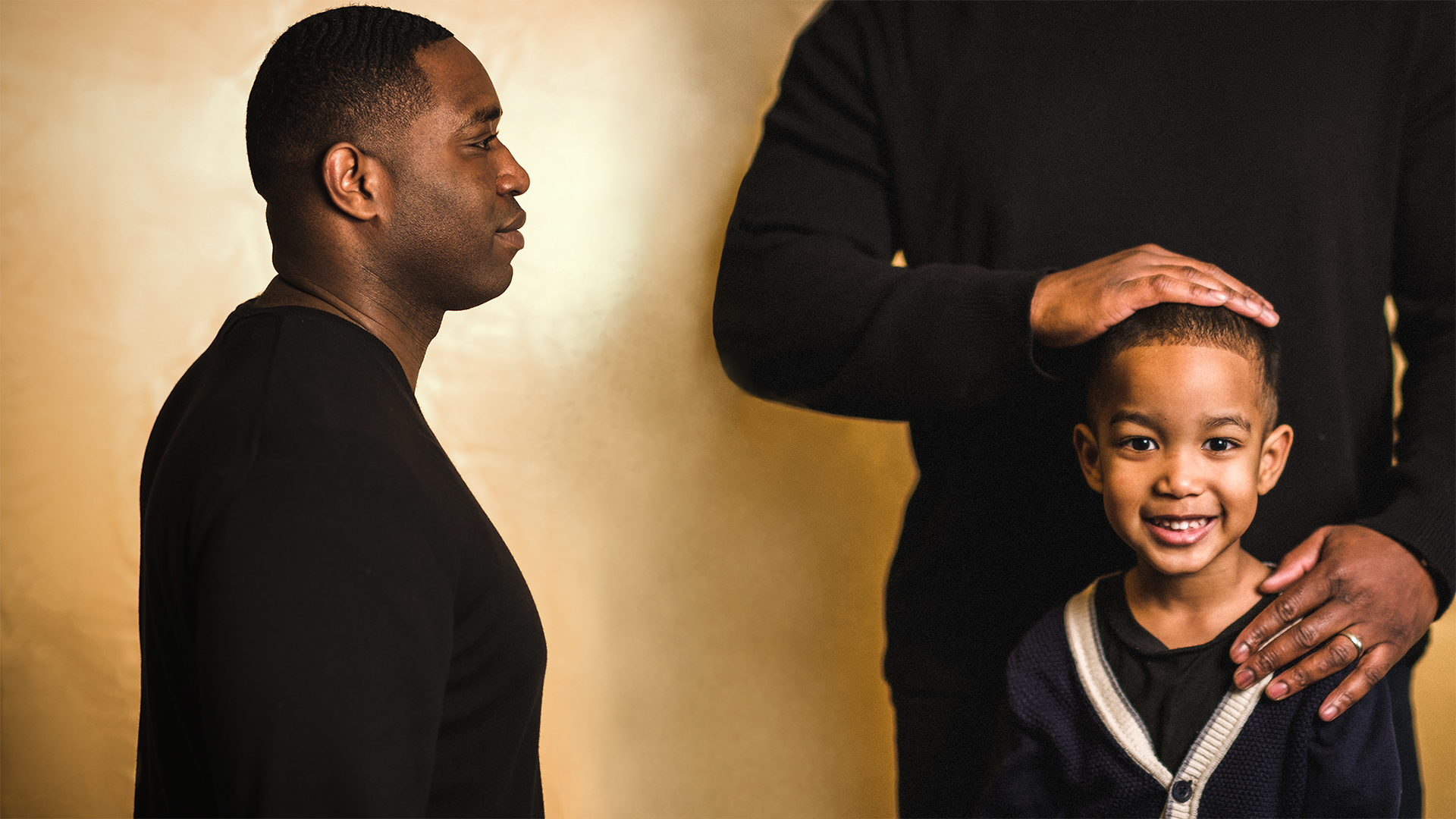
Interview: Gerald Gbardy, founder and owner of Accurate Moving Company in Vancouver
Models: Gerald Gbardy and his son Amari Gbardy
With him [Amari], he’s always going to have a lineup [a haircut involving cutting along the natural hairline to straighten it]. He doesn’t go to bed without brushing his hair, and he likes it because he sees me doing it all the time: shower, brush, hair products, durag. He’s asked me about a durag [a silk-like piece of cloth tied on the head to cover hair and also help with the development of wave patterns] but he’s not there yet.
I just want to get him used to the culture and the importance of having our hair done and lined up always. That’s our thing, you know? We have to have a perfect lineup, always. A white dude can go in a professional setting with their hair messy and it’s OK. But for us, we can’t, so the lineup has to be there and the brush has to be perfect.
Style: Relaxed
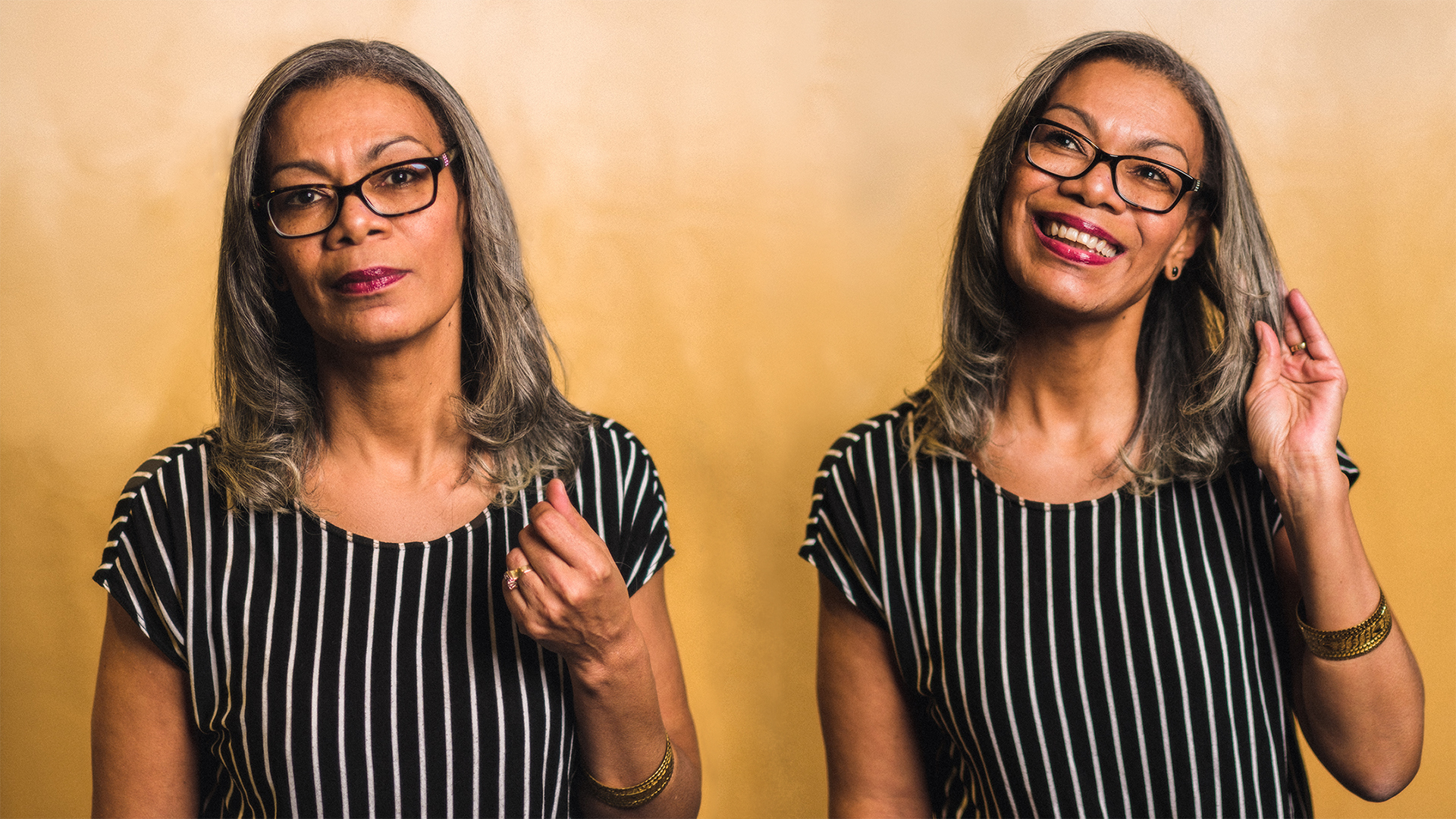
Model: Candace Knoll, Member of United Steelworkers Union, Local 1944, Coquitlam, B.C.
I think a lot of mothers should teach their children instead of just doing their hair. So that when they become adults, they know how to take care of their own hair. Because our hair is not the easiest.
There are so many wonderful styles that my people are wearing ... the twists, the box braids, the cornrows. It’s creative, and I am not, because I never learned to do my hair.
David Markwei is a Vancouver-based, award-winning photographer, cinematographer and digital media producer. He was assisted in this project by his sisters, Carol and Dorcas Markwei.

For more stories about the experiences of Black Canadians — from anti-Black racism to success stories within the Black community — check out Being Black in Canada, a CBC project Black Canadians can be proud of. You can read more stories here.
Do you have a strong opinion that could change how people think about an issue? Are you a visual storyteller or photographer who can offer insight into a personal story or a community? We want to hear from you. CBC Vancouver is looking for British Columbians who want to write 500-600-word opinion, photo essays and point of view pieces. Send us a pitch at bcvoices@cbc.ca and we'll be in touch.
